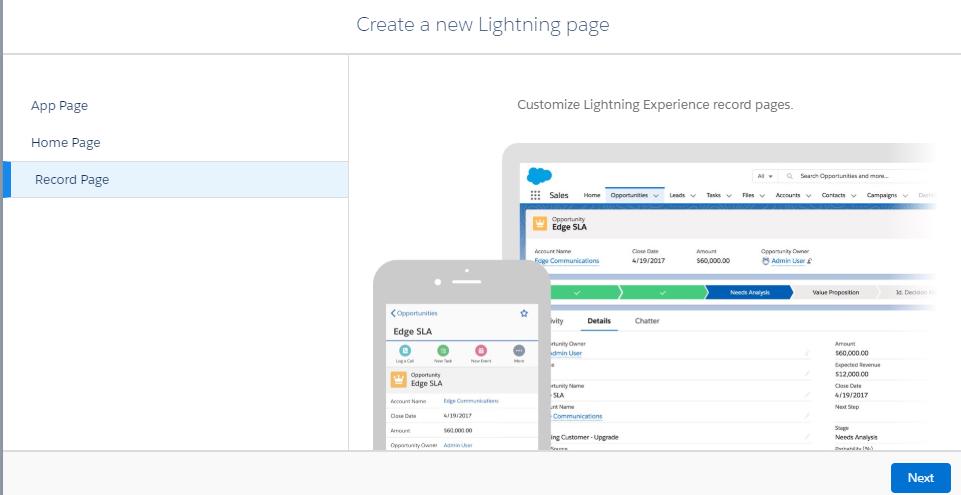

BTW, component visibility properties are also available in components used in screen flows, which is pretty cool.ĭevohne Mays, Operations Manager at Sunshine Cupcakes, meets with Salesforce Admin Addison Dogster. When you define one or more filters and set the filter logic for a component, the component is hidden until the filter logic criteria are met. If you don’t define a filter, the component displays on the Lightning page as usual. This allows you to apply filter logic and conditions to standard components, custom components, and components from the AppExchange. In case you’re wondering what component visibility is, when you select a component on a record, app, or Home page in the Lightning App Builder, the component visibility properties appear. However, this technique can be extended to any component in Lightning App Builder using component visibility.

In this blog post, we’ll focus on how admins can use custom permissions to selectively show components - such as an action, field, or flow - to a group of users with component visibility on a Lightning record page.

Now’s the time, #AwesomeAdmins - use this superpower to lock or unlock user access to apps or processes! While this feature has been around since Winter ’15, it still remains fairly unknown and underutilized by the admin community. In a previously published blog post, Why You Should Add Custom Permissions to Your #AwesomeAdmin Tool Belt, I introduced you to custom permissions.


 0 kommentar(er)
0 kommentar(er)
